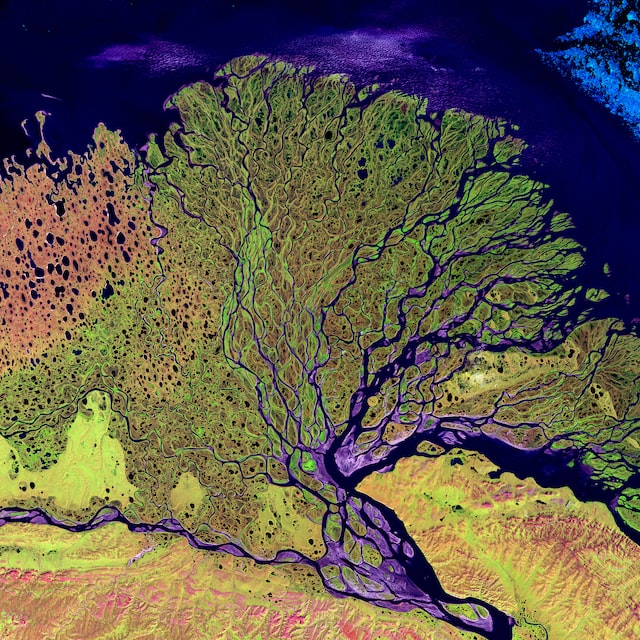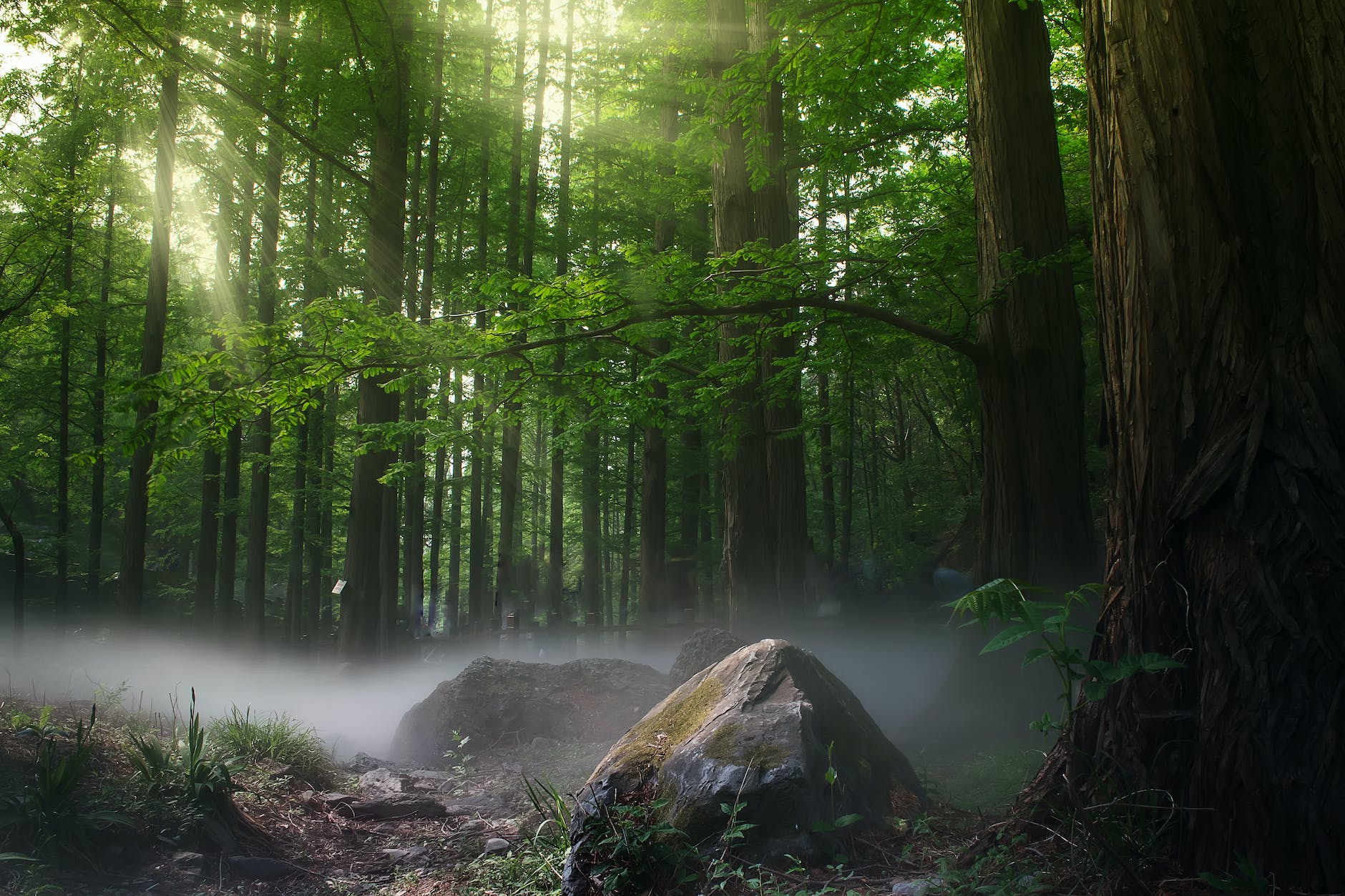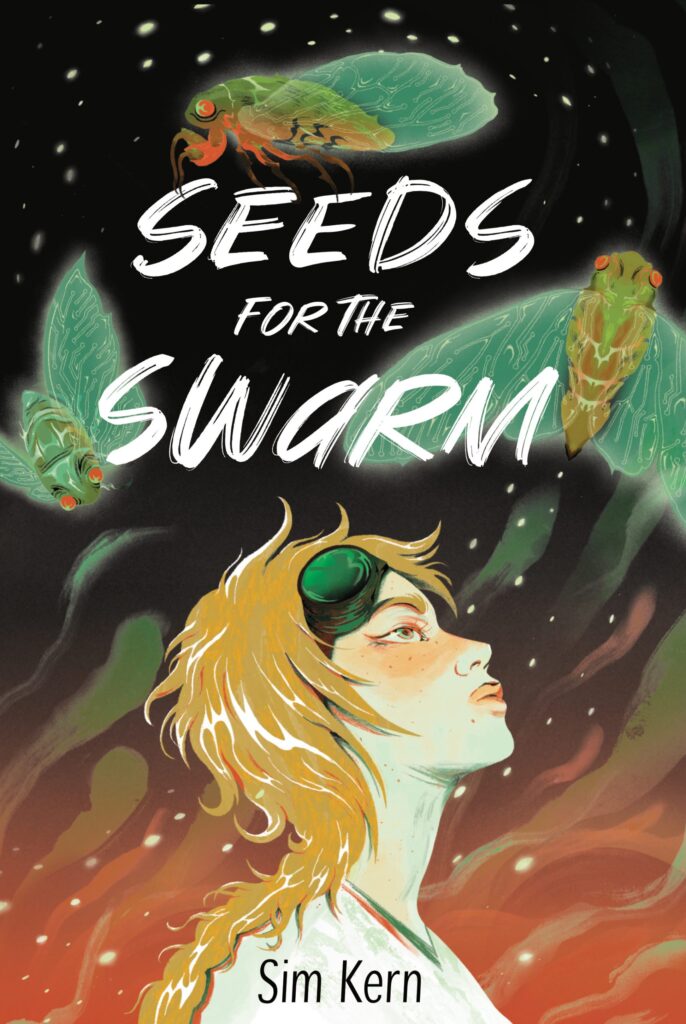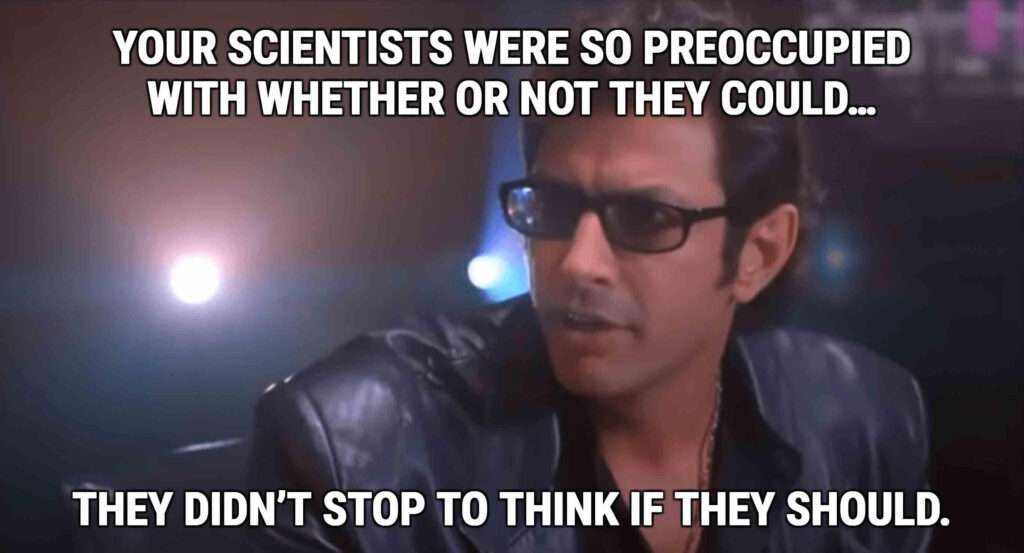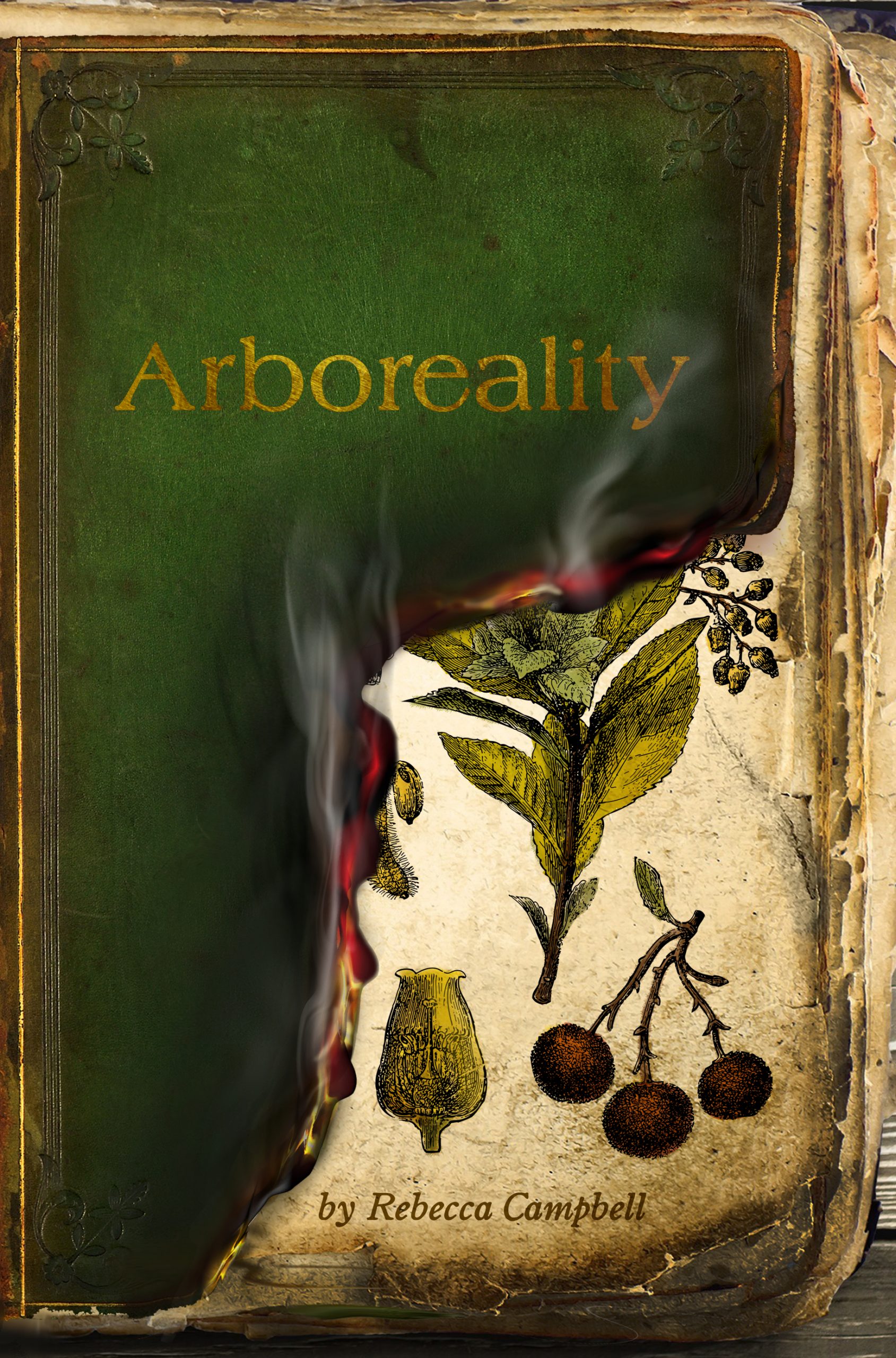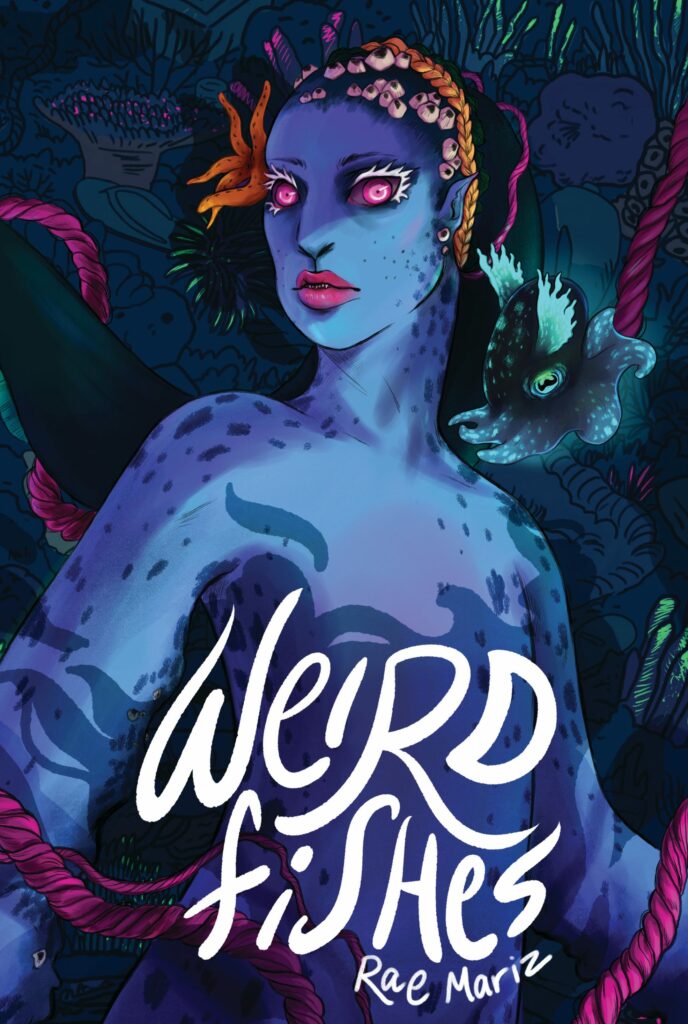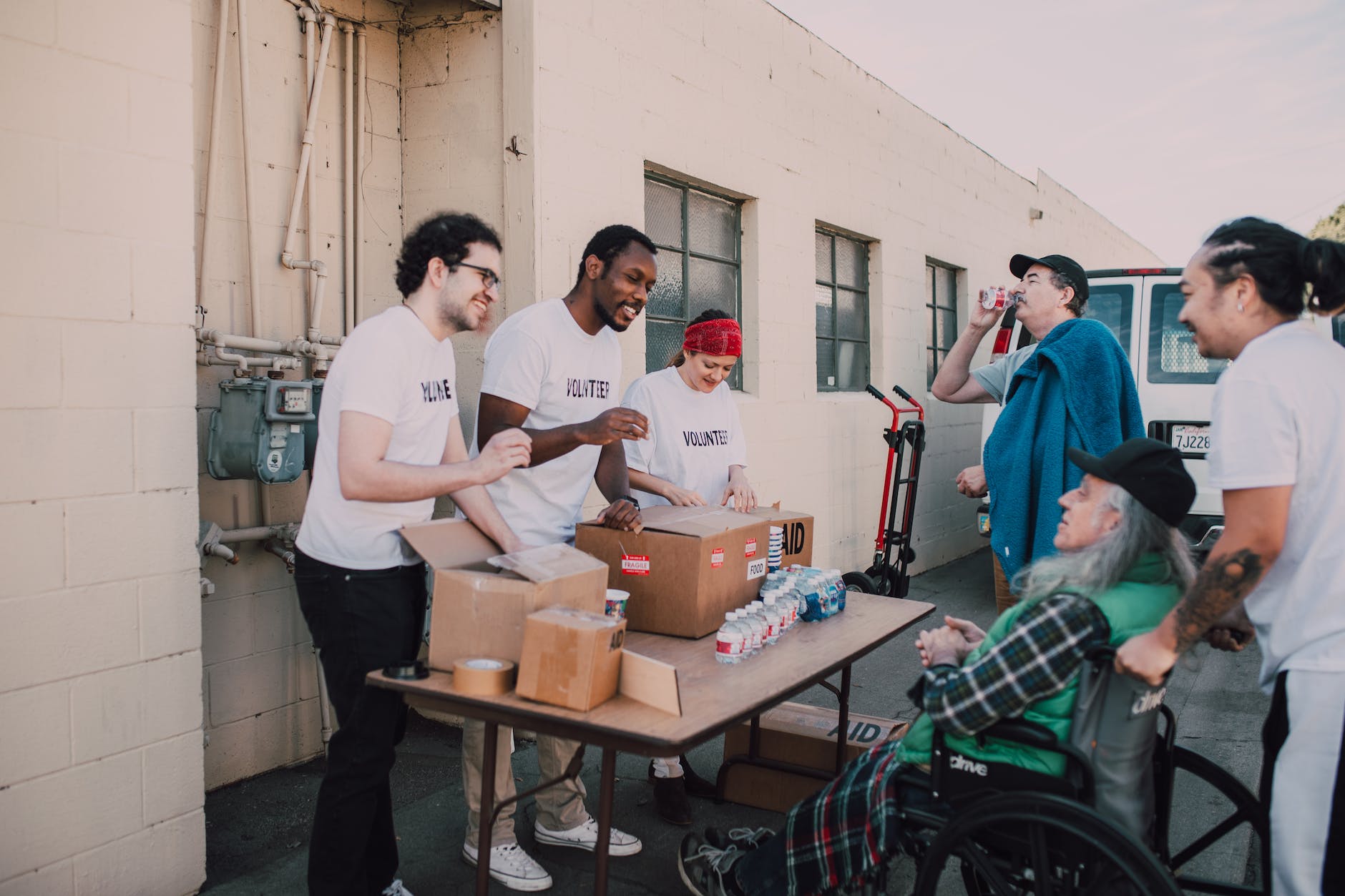
Note: I discuss in broad strokes how Christianity as an organized religion has been used to shape the U.S. in negative and harmful ways. This essay is not meant to dismiss Christian spirituality but to demonstrate how the organized religion has been used to harm people and shape a certain future.
As an exvangelical who grew up in a low-level cult, my relationship with spirituality remains difficult, as remains my relationship with so many things—from my gender identity to my idea of rest. Even so, like so many of the writers for this series, when I first heard of solarpunk in 2015 on Tumblr, part of the attraction was that it didn’t toss away spirituality in favor of science.
Another part of the attraction was the commitment to social justice, which I often felt was missing from the environmental texts I was reading. In those early days in 2015, it felt as if environmental issues and social justice issues were equalized under solarpunk, just as the name combines the environmental through “solar” with the radical anti-authoritarianism and anti-capitalism of -punk.
While my definition of solarpunk has evolved over my time spent with the genre, since 2018, I’ve been working off the following definition, which is explored more fully in Almanac for the Anthropocene: A Compendium of Solarpunk Futures:
- Solarpunk literature imagines new futures in the midst of and in opposition to environmental collapse, then works to create those futures.
- Solarpunk stories must recognize the climate crisis and environmental collapse as entangled issues that include all oppressive systems.
- There is no environmental justice without racial and decolonial justice.
- Technology is a tool—use the right tool in the right moment.
When approaching the spiritual side of solarpunk, we must remember that anti-racism and decolonization are also a practice, active. As a white person raised in a Pentecostal Christian religion, I recognize how Christianity was and is an active part of building and supporting oppressive systems. As a child, I was taught how to be an active participant and believer in those acts of oppression, from harassing people online to attending anti-abortion events, including a protest in DC.
While my childhood is somewhat unique, the evangelical tradition of Christianity has been shaping the U.S. for well over a century (my church claimed connection to the Azusa Street Revival of 1906). While beyond the scope of this essay, people in the U.S., especially white people, need to engage with how the organized religion of Christianity has been used to shape ideas of the future. As adrienne maree brown, alongside Walidah Imarisha, has said, we are in an “imagination battle.” Therefore, brown continues in Pleasure Activism: “Our radical imagination is a tool for decolonization, for reclaiming our right to shape our lived reality.”
In the U.S., our conception of the past, present, and future has been shaped by the three Cs of Christianity, Colonialism, and Capitalism. From the very conception of solarpunk, the genre has set out to present an alternate set of imaginaries, futures, and knowledge systems. Solarpunk spirituality is, and should be, no different. In our spiritual practices, there will be easy cultural pitfalls that come from being shaped by living in the U.S.—and I imagine, elsewhere, but I’m speaking from my experience in the U.S. Two aspects that I’m always pushing back against in my solarpunk thinking are my conception of the end of the world and a green version of being holier-than-thou.
The End of the World
In 2016, I took an environmental literature course in my MFA, and the professor assigned the introduction to Matthew Gross’s book The Last Myth: What the Rise of Apocalyptic Thinking Tells Us about America. I never heard of it again, but one line has haunted me since then because I recognized my own pattern of thinking: “In America, everyone believes in the apocalypse. The only question is whether Jesus or global warming will get here first” (9). Had I just traded in the Book of Revelation for the IPCC report?
I was told as a young child that the world would most likely end during my lifetime, but that it would be a good thing because Jesus wouldn’t return until the world had become a better place. A similar style of apocalyptic thinking is prevalent in government and nonprofit spaces—a concept that climate change is “coming” or that the year 2050 will be a new type of 2012. The reality that climate change is impacting people here and now becomes buried under government timelines and reports. Indeed, in the part of Pennsylvania where I currently live, there is a different intensity to the impact of climate change than when I lived in Nevada and Iowa where the impacts changed people’s livelihoods or burned down their homes.
This obscuring of climate change—turning it into a future apocalypse—also helps obscure the genocides and world-destruction already committed against Native Americans and Black communities in the U.S. Science fiction and fantasy broadly have contributed to this concept of the apocalypse, as Kyle P. Whyte’s “Indigenous Science (fiction) for the Anthropocene: Ancestral Dystopias and Fantasies of Climate Change Crises” demonstrates. Of course, the genre has been shifting, as shown by N. K. Jemisin’s Broken Earth trilogy, which begins with the end of the world and shows apocalypses or world-endings at varying scales from the personal to the planetary.
As a genre, solarpunk has responded to this issue by including stories set in the very near future to the far future, all of which is needed to fully imagine alternatives to not just the immediate needs but also restructuring culture.
Here’s where solarpunk spirituality can come into play. The futures and ideas of solarpunk cannot remain on the page. We all know we have outstripped warnings about climate change and environmental collapse. A solarpunk spiritual practice can help us hold the desire for the future—all the stories we are telling ourselves in solarpunk—while acting in the present. Just as the warning of early environmental literature wasn’t enough, imagining is only the first step. We’ve done the imagining. We have a variety of futures with more and more being brought into the world through literature, video games, films, TTRPGs, and more.
Now, we need to aid our communities in the instability of this moment—not just a future apocalypse that culture thinking in the U.S. wants us to focus on. Linear thinking with an apocalyptic climax is the type of storytelling that solarpunk looks to avoid because reproducing that type of thinking only supports the type of thinking that got us here in the first place. As a spiritual practice, we can hold onto these visions of the future while helping our communities adapt today.
Holier-than-thou
For years now, I’ve been calling, alongside others, for solarpunk to make the jump from literature to action, and many people have embraced that already. When making that call, I can’t help but worry that we will fall into another trap so prevalent in environmental thinking—let alone U.S. culture and spirituality. Action cannot become a something that separates us into the good solarpunks and the posers. We cannot center individual action when it comes to solarpunk making the jump off the page but rather community adaptation. One person going vegan means less than one person helping implement food insecurity fallbacks in their community.
Growing up as a white kid on food stamps in Northern Appalachia, my family desperately needed assistance from the church. While there are certainly churches that do provide for families, the church I grew up in was not one of them but was rather shaped by cultural thinking around poverty in the U.S.: if you’re poor, it’s your fault for being lazy. Or, in the case of the church, for living in sin.
I’m always fascinated when I see environmental groups use the same talking points as my abusive church. Rather than getting closer to God, it’s about doing your part to stop climate change—as if an individual can “stop” it. At my church, sinning was not tithing money; for the environmental movement, it’s not bringing reusable bags to the grocery story.
As the spiritual dimension of solarpunk continues to grow, we must be vigilant to not fall into individual actions and patting ourselves on the back for being more environmentally friendly. Rather, solarpunk spirituality can be a tool to help us connect with the rest of the living world and be healthy community members. The spiritual side cannot be entirely focused on going vegan, growing a garden, or taking long walks outside but rather can be a well to help work through climate grief, despair, and doom in our communities.
In the U.S., we worship the individual. The type of Christianity I grew up in was about the “personal” relationship with Jesus, the individual understanding of getting closer to God. A lot of environmentally friendly practices mirror this idea—the “you” developing better habits, a cleaner world, a less polluted space. Instead, solarpunk spirituality opens up a path to focus on hope for the community, that the individual practice leads toward being able to better attend to community needs.
Just like the response and adaptation to the climate crisis will vary by region, so, too, should the spiritual aspect. For me, my personal spiritual practice is focused on healing from my religious trauma. As I work on that healing, I find myself better able to be present for my community as we deal with threats against our LGBTQ+ members, as we deal with racism, as we deal with flooding and drought.
Since the early conceptions of solarpunk, the genre has accepted spirituality as a necessary part of imagining more equitable futures. As solarpunk continues to grow and that necessary spiritual aspect becomes more necessary to help us deal with climate grief and despair, we must also remember to push back against the dominant cultures that cause harm. The spiritual side of solarpunk is not only about personal development but recognizing the interconnectedness of the rest of the living world and being present in our adapting communities.
Works Cited
brown, adrienne maree. Pleasure Activism: The Politics of Feeling Good. AK Press, 2019.
Gross, Matthew Barrett. The Last Myth: What the Rise of Apocalyptic Thinking Tells Us about America. Prometheus Books, 2012.

Phoebe Wagner is an author, editor, and academic writing at the intersection of speculative fiction and climate change. Their debut novel A Shot of Gin is forthcoming from Parliament House Press (2023), and their novella When We Hold Each Other Up is from Android Press (2023). She is the editor of three solarpunk anthologies, including Sunvault: Stories of Solarpunk & Eco-Speculation. They blog about speculative literature at the Hugo-winning Nerds of a Feather, Flock Together. Wagner holds a PhD in literature, and she is an Assistant Professor of Creative Writing at Lycoming College in Pennsylvania. Follow them at phoebe-wagner.com.
